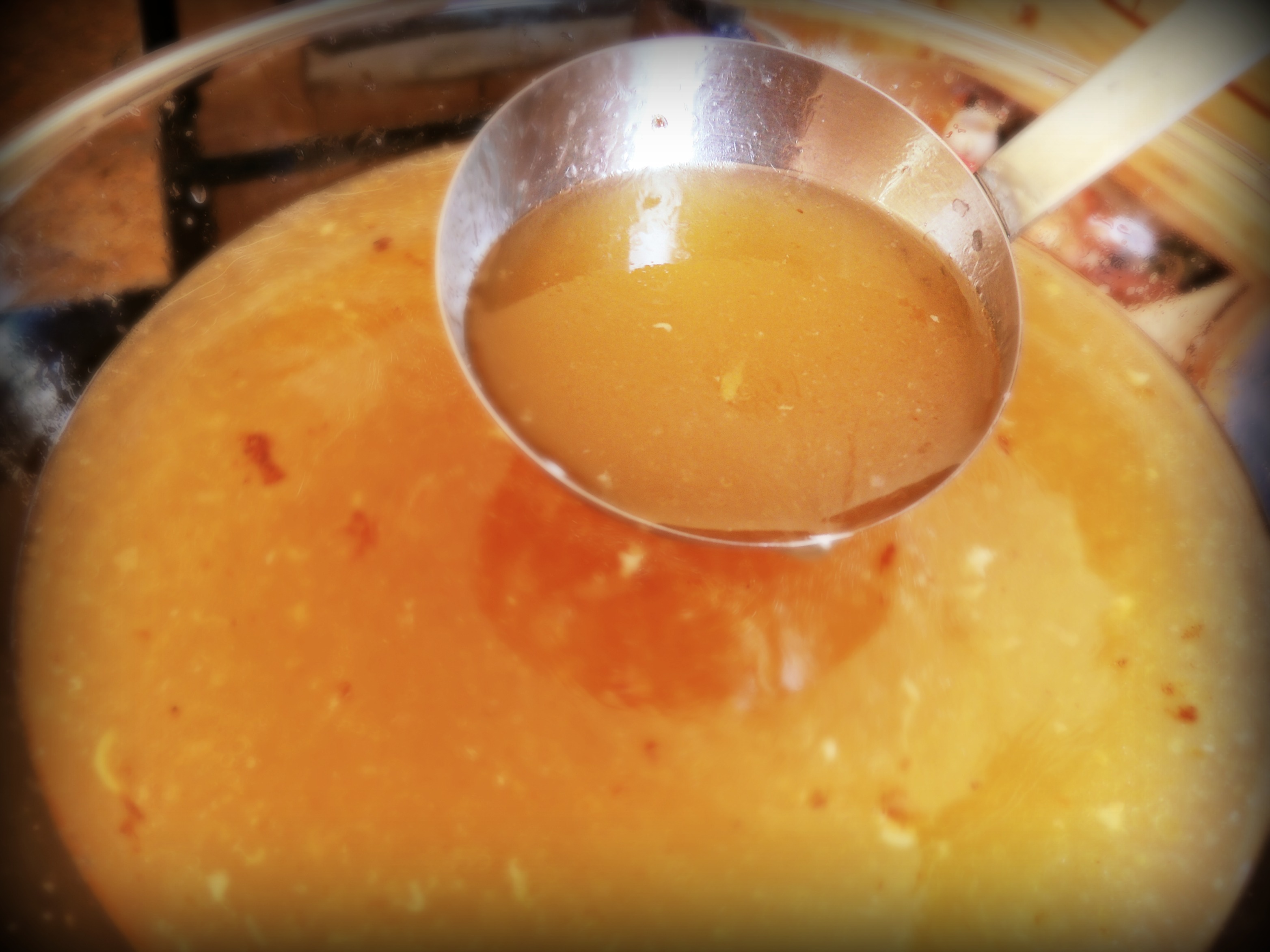We say it time and time again: making your own bone broth is one of the most wonderful, healing things you can do for your body. But you may be wondering what to do with fat from bone broth. Did you know you can also use the fat layer from bone broth as a wonderful healthy cooking fat? As Fall settles into the air and days crawl to shorter lengths, the desire to sip wonderful brimming bowls of soup grows irresistibly. While bone broth is beautiful at any time of the year, there is something about the golden spoonful and curls of aromatic steam that are particularly appealing in colder months. In the theme of traditional cooking, wherein no part of a meal goes to waste, saving the skimmed fat layer from the top of bone broth is also an excellent way to have yourself a truly nutrient-dense cooking fat. By storing the collected fat in a small glass container, you are not only being penny savvy but also ensuring that you have an incredible source of pure animal fat to incorporate into your diet. This is especially important in the Winter months when we need rich nourishment to sustain our energy levels.

For more information on preparing your own beef broth, check out our post on nourishing homemade broth. We also enjoy the recipes from Nourishing Traditions and The Naked Foods Cookbook, which detail the proper preparation of various kinds of unique broths including those created from the bones and meat scraps of beef, duck, turkey, and fish. By treating specific ingredients properly, you can ensure that a rich gelatinous broth is yielded each time you prepare it.
Once you have simmered the broth for an adequate amount of time, the bones are strained out and the remaining golden liquid is transferred into a glass bowl. (Note: the simmer time varies considerably whether using beef, fowl, or fish) Chill the bowl of broth in the freezer, or refrigerator, until a thin layer of whitish fat forms on the top of the now gel-like broth. Although some people might look at the gel-like layer in alarming fear and disgust, this fat from the bone broth is actually wonderful for high-heat cooking. It adds a rich flavor to meals and is incredibly nutrient-dense.
Removing the fat is extremely simple. Using a thin flat spatula, slide it slowly across the bowl of broth, trying your best to remove only the fat. The fat readily separates from the broth if it has jelled properly. To make things easier, we usually use another spatula and scoop the fat onto a flat plate first before placing it in mason jar far for storage.
Find this post on Frugal Days, Sustainable Ways
